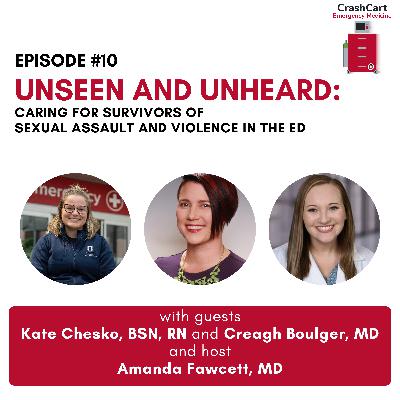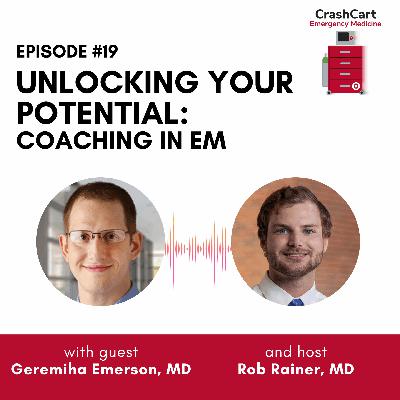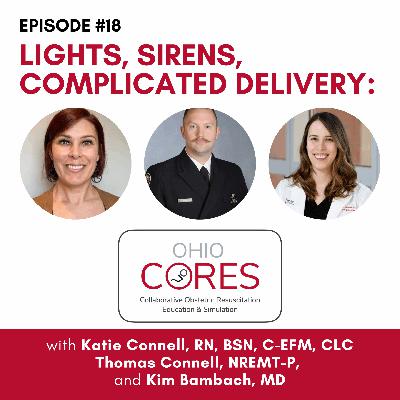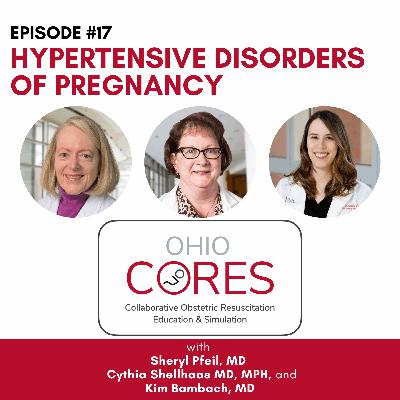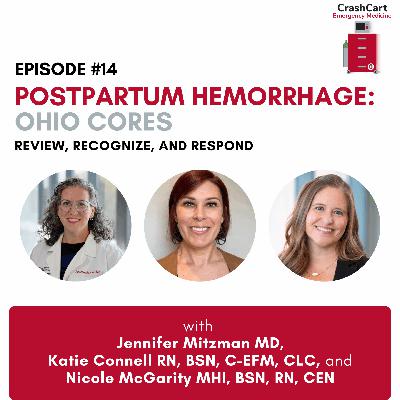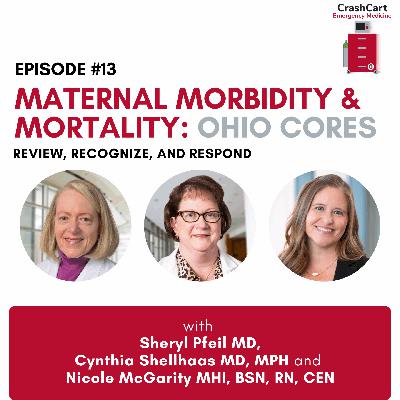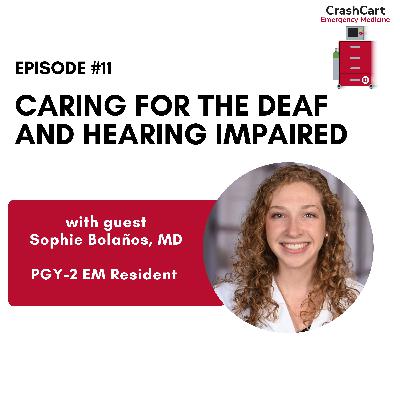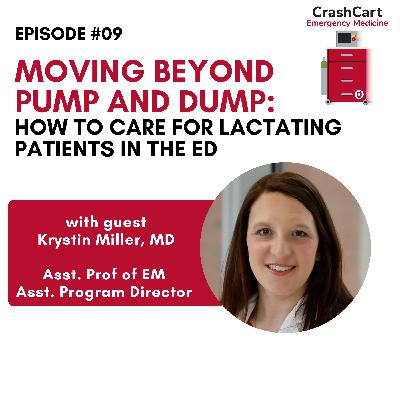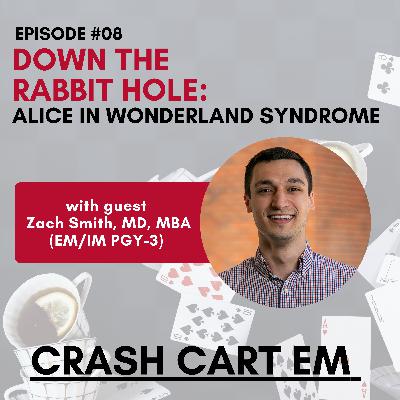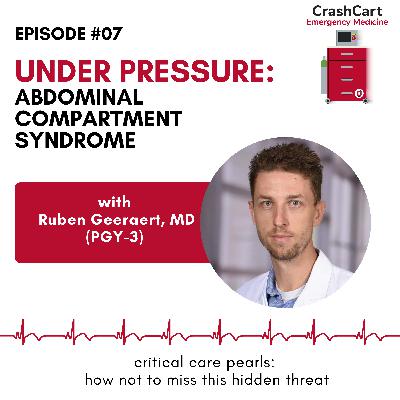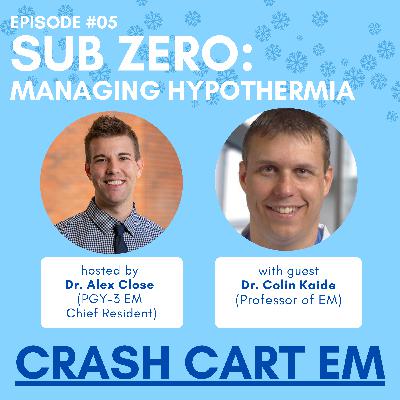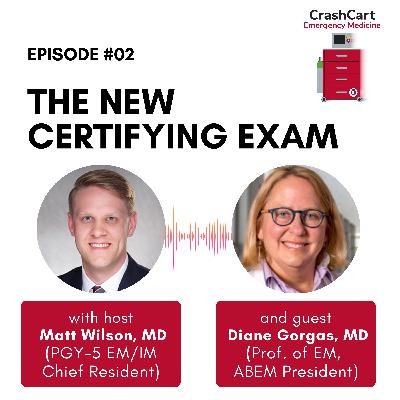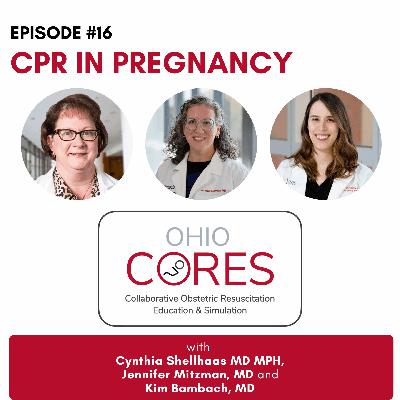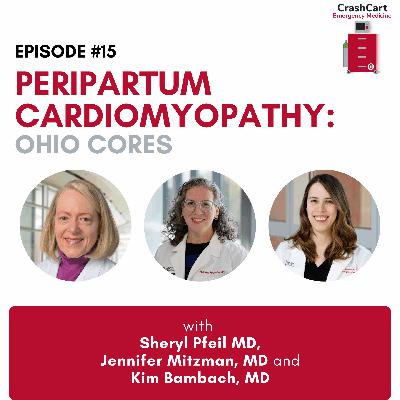Unseen and Unheard: Caring for Survivors of Sexual Assault and Violence in the ED
Description
When patients present to the Emergency Department after experiencing sexual assault, violence, or abuse, they often feel unseen and unheard. In this episode, Kate Chesko, BSN, RN (Forensic Program Manager and Forensic Nurse at OSU), and Dr. Creagh Boulger (Medical Director of the Forensic Program at OSU) discuss the crucial roles of forensic nurses and emergency providers and provide guidance on delivering empathetic, trauma-informed care to survivors.
Guests: Kate Chesko, BSN, RN, and Creagh Boulger, MD
Host: Amanda Fawcett, MD
Editor: Kim Bambach, MD
Key Learning Points:
- The Role of Forensic Nurses: Forensic nurses (such as Sexual Assault Nurse Examiners) provide specialized care to victims of sexual assault and violence, including forensic evidence collection and interfacing with the legal system. They work closely with social workers and law enforcement, serving as patient advocates.
- Supporting the Patient: It is vital to listen to patients and ensure they know they are in control of their care. Patients should feel empowered to start or stop an exam at any point. Providers must be mindful of privacy concerns and avoiding re-traumatization as even touching a patient can be traumatic or interfere with evidence collection.
- The Role of Emergency Medicine Providers: In hospitals with a robust forensic nursing program, emergency providers conduct medical screenings and support forensic nurses. Documentation should be minimal to avoid contradicting the patient, and terms like “alleged” should be avoided. There should be a unified narrative in the medical chart, provided by the forensic nurse.
- Strangulation as a High-Risk Form of Violence: Strangulation is a felony in Ohio, and serious injuries can occur even without external signs. Screen patients by asking if anything was placed around their neck or if something was constricting their neck at any time. Workup should include a CTA or MRA of the neck.
- Correcting Common Misconceptions About Forensic Nursing:
- Sexual assault exams are not diagnostic; they are for forensic evidence collection.
- There is a limited window for evidence collection: 96 hours in adults and 72 hours in pediatrics.
- Abuse is often under-recognized and underreported. Don’t assume that “these are not my patients.” Victims of human trafficking frequent the ED and the abuse goes undetected. Sex workers also often slip through the cracks.
The Bottom Line:
Empathy should always be our top priority. If any of the information in this podcast is new to you, take this as an opportunity to educate yourself on caring for victims of abuse. Start by learning just one thing from the resources below.
Resources to learn more:
- The International Association of Forensic Nurses
- The Training Institute on Strangulation Prevention
- RAINN (Rape, Abuse, and Incest National Network)
- SARNCO (Sexual Assault Response Network of Central Ohio)
- National Human Trafficking Hotline

